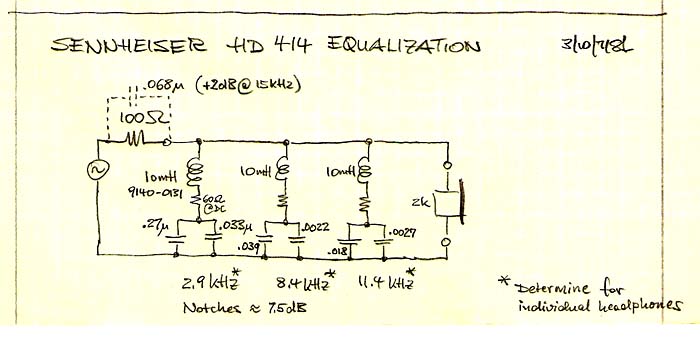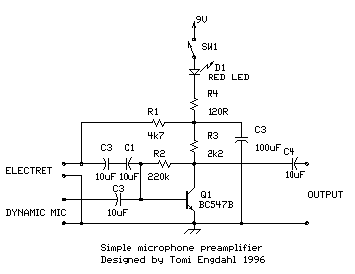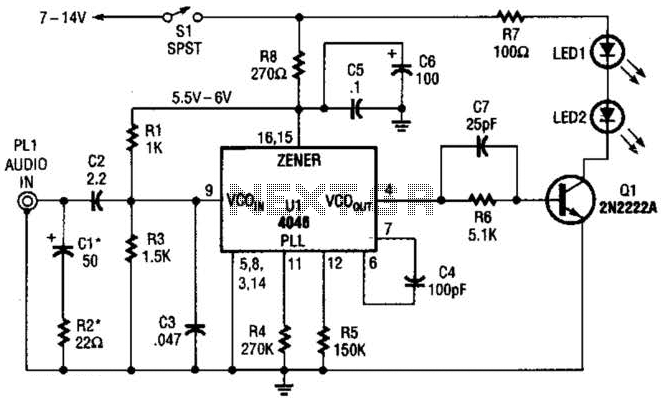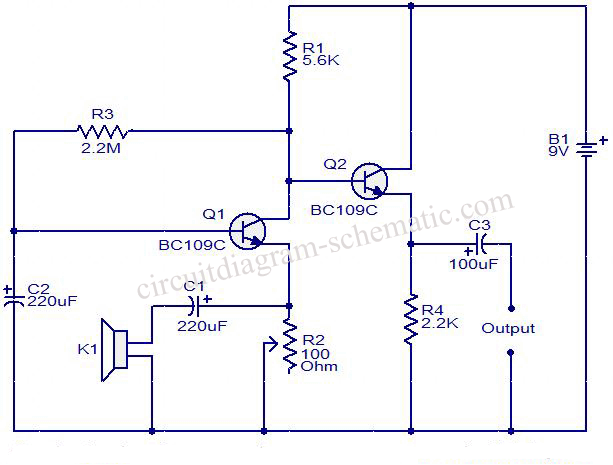
TT Phone Dialer
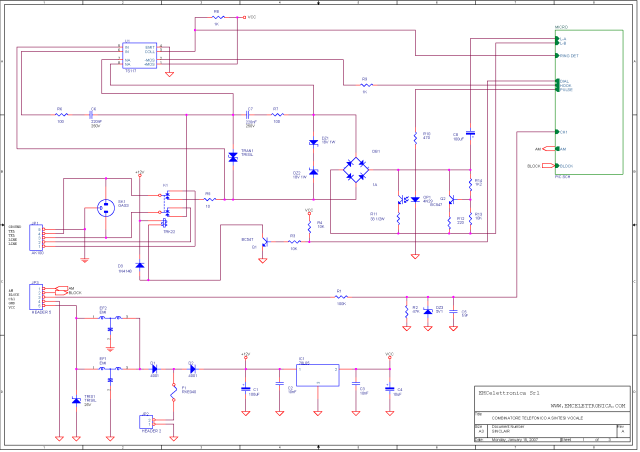
SINCLAIR is a one-channel phone dialer capable of transmitting alarm messages, which have been previously recorded to non-volatile DAST memory, over the commuted phone line to designated numbers stored in non-volatile EEPROM memory.
The SINCLAIR phone dialer operates by utilizing a single communication channel to facilitate the transmission of alarm notifications. It is designed to store alarm messages in a DAST (Data and Alarm Storage Technology) memory, which retains data even when power is lost, ensuring that critical messages remain accessible. The use of EEPROM (Electrically Erasable Programmable Read-Only Memory) allows for the secure storage of telephone numbers, which can be programmed and retained without the need for continuous power supply.
Upon activation, the dialer retrieves the appropriate alarm message from the DAST memory and dials the pre-programmed numbers stored in the EEPROM. The device is engineered to function over standard telephone lines, making it compatible with traditional telecommunication infrastructure. The internal circuitry includes a microcontroller that manages the dialing sequence and the retrieval of messages, ensuring efficient operation.
The alarm messages can be recorded and updated as needed, providing flexibility for various applications, such as security systems or emergency alert systems. The simplicity of operation, combined with the robustness of the memory technologies employed, makes the SINCLAIR phone dialer a reliable solution for automated alarm communication.SINCLAIR is a one channel PHONE DIALER, able to send, on the commuted phone line, the alarm messages previously recorded to the NOT volatile DAST memory, to the set numbers, previously saved on the NOT volatile EEPROM memory 🔗 External reference
The SINCLAIR phone dialer operates by utilizing a single communication channel to facilitate the transmission of alarm notifications. It is designed to store alarm messages in a DAST (Data and Alarm Storage Technology) memory, which retains data even when power is lost, ensuring that critical messages remain accessible. The use of EEPROM (Electrically Erasable Programmable Read-Only Memory) allows for the secure storage of telephone numbers, which can be programmed and retained without the need for continuous power supply.
Upon activation, the dialer retrieves the appropriate alarm message from the DAST memory and dials the pre-programmed numbers stored in the EEPROM. The device is engineered to function over standard telephone lines, making it compatible with traditional telecommunication infrastructure. The internal circuitry includes a microcontroller that manages the dialing sequence and the retrieval of messages, ensuring efficient operation.
The alarm messages can be recorded and updated as needed, providing flexibility for various applications, such as security systems or emergency alert systems. The simplicity of operation, combined with the robustness of the memory technologies employed, makes the SINCLAIR phone dialer a reliable solution for automated alarm communication.SINCLAIR is a one channel PHONE DIALER, able to send, on the commuted phone line, the alarm messages previously recorded to the NOT volatile DAST memory, to the set numbers, previously saved on the NOT volatile EEPROM memory 🔗 External reference

